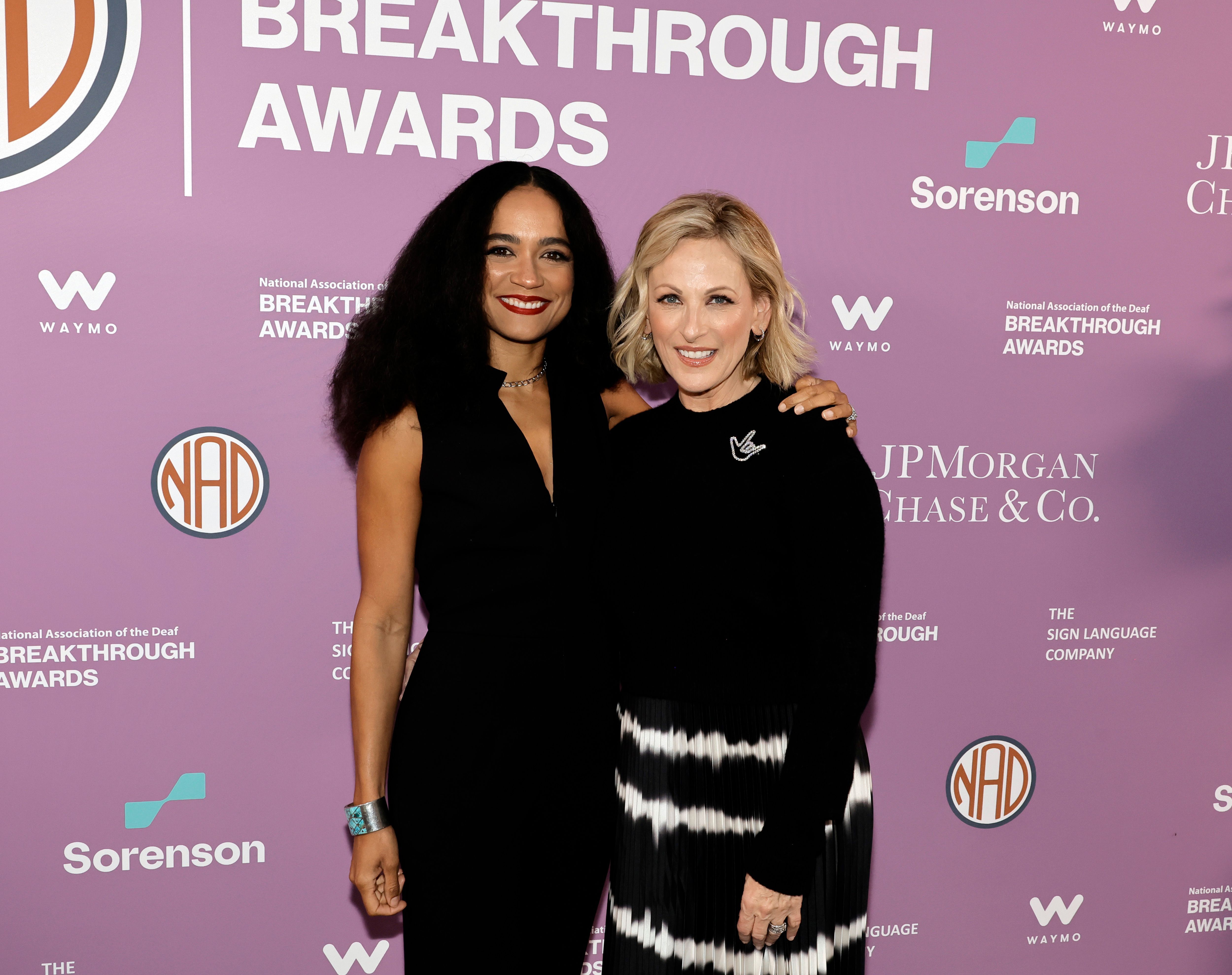
The portrayal of disabilities in media significantly shapes public perception. When non-disabled actors portray disabled characters, it often perpetuates stereotypes and false assumptions about living with a disability. Authentic representation can foster comprehension and empathy among people, revealing the genuine struggles and experiences of those with disabilities.
The missed opportunity
Repeatedly, Hollywood has neglected to cast disabled actors in roles suitable for their talents. This omission not only deprives them of employment opportunities but also hinders audiences from experiencing authentic storytelling. By refusing to acknowledge true representation, the industry perpetuates outdated narratives rather than dismantling barriers and enabling disabled actors to flourish.
Actors who are physically capable often assert they can learn disabilities by observing a few people and studying the role. To some extent, this might be achievable. However, it’s crucial to acknowledge that these actors possess the advantage of being able to step away from their roles whenever they wish, unlike disabled individuals who don’t have the luxury of escaping their reality. The lived experience significantly impacts how disabled people interact with and perceive the world, shaping their emotions, reactions, and social interactions in a way that able-bodied actors cannot fully mimic.
Excuses, excuses: Why directors defend able-bodied casting
As a passionate movie enthusiast, I’ve often found myself questioning the rationale behind casting able-bodied actors for roles that should be portrayed by individuals with disabilities. Justifications offered for this practice, at times, seem feeble and insufficient.
1. Disabled actors are “too difficult” to accommodate on set.
This argument disregards the essential legal aspects of accessibility and the potential for imaginative approaches that foster inclusivity. Instead, it appears to indicate reluctance rather than impossibility.
2. “Star power” is needed to make the project financially successful.
This point disregards the mounting proof that varied acting ensembles strike a chord with viewers, contributing to box office earnings. Moreover, it underestimates the remarkable abilities of the acting community living with disabilities.
This opinion ignores the increasing evidence that different casts appeal to audiences and boost ticket sales. It also fails to recognize the skills of actors who have disabilities.
3. Roles require “physical transformation” that only non-disabled actors can achieve.
This issue frequently arises due to a lack of comprehensive knowledge about disabilities and the vast range of abilities possessed by people with disabilities. Additionally, it incorrectly assumes that disability is strictly a matter of physical incapacitation, overlooking the fact that it’s also an integral part of one’s identity.
4. Acting is about “pretending,” so casting authentically shouldn’t matter
Acting requires not only creativity but also a strong sense of empathy and truthfulness. When it comes to characters that are deeply connected to certain personal experiences, accurate casting significantly enhances the acting quality and the story’s credibility.
5. It’s too dangerous for a disabled actor in this role.
This common justification frequently arises from an unsubstantiated apprehension or limited creativity in devising safe ways to involve disabled performers in challenging roles, or neglecting the wide spectrum of capabilities within the disabled population.
In a justifiable counterargument, Michael Ojeda, director of Avenged (2013), justified his choice to cast a hearing actress as a deaf character by stating he required an actress skilled enough to handle high-action scenes. However, history demonstrates that the entertainment industry has frequently utilized stunt doubles, and it’s evident that disabled performers possess remarkable talents. For instance, Kitty O’Neal, a Deaf stuntwoman, stood in for Lynda Carter in Wonder Woman, and she set the women’s land speed record in 1976 at 512.710 mph—a record that held until Jessi Combs broke it in 2019.
Disabled actors breaking barriers
While systemic change is slow, notable disabled actors have proved Hollywood wrong:
- Marlee Matlin (Deaf) – Won an Oscar for Children of a Lesser God.
- RJ Mitte (Cerebral Palsy) – Starred in Breaking Bad.
- Peter Dinklage (Achondroplasia) – Rose to fame in Game of Thrones.
- Lauren Potter (Down Syndrome) – Shined in Glee.
- Alaqua Cox (Deaf) – Marvel’s Echo brought her into the spotlight.
- Troy Kotsur (Deaf) – Won an Oscar for CODA, making history as the first Deaf male actor to win.
- Lauren Ridloff (Deaf) – Starred in The Walking Dead and became Marvel’s first Deaf superhero in Eternals.
- Gavin McHugh (Cerebral Palsy) – Plays Christopher Diaz in 9-1-1
For some great examples of authentic disability representation, check out these top 10 movies.
The path forward
The time for change within the industry has come. To create an authentic Hollywood that reflects society’s diversity, it is essential for casting directors, producers, and viewers to take deliberate actions.
By advocating for genuine representation, we can work collectively towards a more equitable and inclusive future in the entertainment industry.
Read More
- Apothecary Diaries Ch.81: Maomao vs Shenmei!
- USD ILS PREDICTION
- 30 Best Couple/Wife Swap Movies You Need to See
- Everything We Know About DOCTOR WHO Season 2
- DC: Dark Legion The Bleed & Hypertime Tracker Schedule
- Ncuti Gatwa Exits Doctor Who Amidst Controversy and Ratings Crisis!
- Clair Obscur: Expedition 33 – All Act 3 optional bosses and where to find them
- Summoners War Tier List – The Best Monsters to Recruit in 2025
- 9 Kings Early Access review: Blood for the Blood King
- Netflix’s ‘You’ Season 5 Release Update Has Fans Worried
2025-05-26 16:15